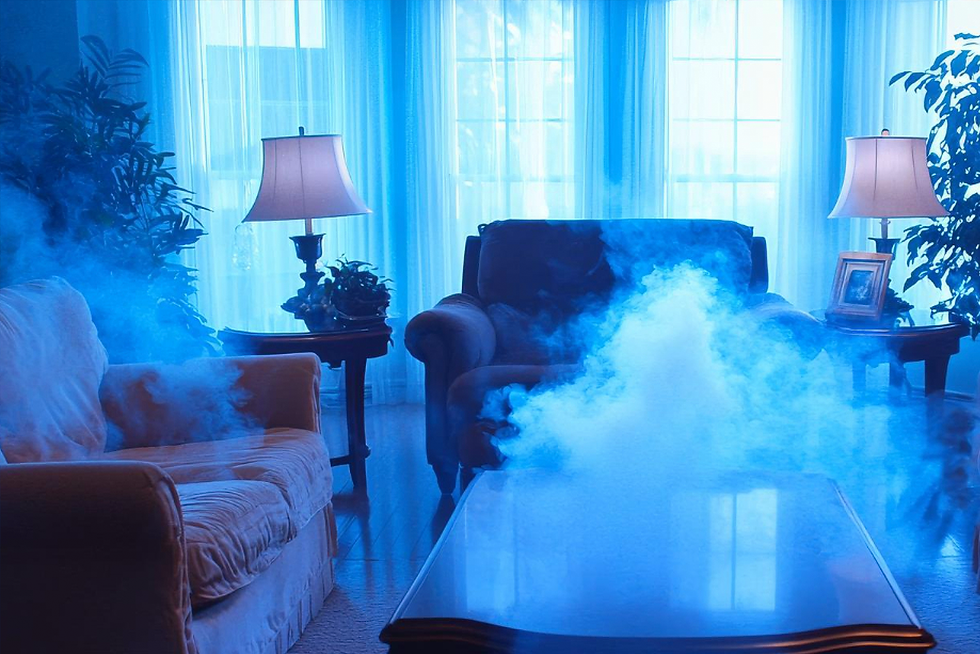Understand the new rules about lead paint dust
- Corey Provencal

- Feb 20, 2012
- 2 min read
If your home was built before 1978, a new regulation could affect your remodeling or renovation project. A new federal law requires remodeling contractors who could possibly disturb lead paint during a renovation to be certified and use certain procedures to minimize your exposure.
Q: Why is lead poisoning considered so dangerous?
A: Lead can affect a child’s brain and developing nervous system, lowering their IQ and causing learning disabilities, hearing problems, behavioral problems and slowed growth.
In adults, low levels of lead can lead to high blood pressure and hypertension and can cause damage to the brain, nervous system, stomach and kidneys.
There may be no noticeable symptoms of lead poisoning before the blood level becomes very high and has caused irreversible damage.
Q: How big of a problem is lead poisoning here in Iowa?
A: In Iowa, one out of every 16 children entering school have an elevated blood level for lead poisoning. This is four times the national average. This may be due, in large part, to the large number of houses in our state that were built before 1950.
Q: How do I know if there is lead-based paint in my home?
A: It is estimated that 24 percent of homes built between 1960 and 1978 have some lead, that 69 percent of homes built between 1940 and 1960 do, and that as many as 87 percent of homes built before 1940 do. ” Some homes, even built as recently as 1985, have turned up with large amounts of lead paint.” Although lead paint was outlawed for residential use in 1978, it is still used extensively in commercial paints.
You can hire a certified inspector to find out if there is lead in your home and where it is located.
Q: How is someone exposed to lead in their home?
A: Lead gets into the body when it is either swallowed or inhaled. Low levels can build up in your body over a long period of time.
The most common way to get lead poisoning is from dust. You can see how a home remodeling project could easily disturb some lead-based paint, even if it’s under layers of latex paint. The dust from sanding and other demolition work can be filled with dangerous lead dust.
Q: What types of home renovations are covered by the new lead paint law?
A: Any time more than one square foot of a lead-painted surface is disturbed, the contractor must be certified and follow the new procedures. The new law applies to even small jobs, like window replacements. “Even an electrician that would cut in as few as three electrical boxes would need to be certified,” “It doesn’t take much to meet the requirement.”
Q: What kind of training do remodelers need?
A: An eight-hour class is required with a written test at the end. Then the contractor must apply to the state of Iowa for certification. Every three years they must take a refresher course. For most home renovation projects, the contractor and at least one worker must be certified.
Q: What extra work is required?
A: Contain the work area, sealing off the door to that room and the heating/cooling vents. Avoid renovation activities that create a lot of dust. Clean up well afterward.
Sources: National Association of Home Builders, WebMD
For more information online:
Renovate Right brochure:
• John P. Lapotaire, CIEC • Certified Indoor Environmental Consultant • Microshield Environmental Services, LLC • www.Microshield-ES.com
#microshield #IESO #FloridaDBPR #Chapter468 #HB5007 #indoorairquality #SenateBill2234 #mold #IEQ32 #LEED #DepartmentofBusinessandProfessionalRegulation #moldpretreatment #MoldRelatedServicesLicensingProgram #SB1244 #PCBBCAS1101 #HB4171 #moldtesting #moldprevention #IndoorEnvironmentalStandardOrganization #healthyhome #ResidentialMoldAssessment #HB5005 #FloridaStatutes #moldinspection #moldremoval #moldremediation #ASTM #johnlapotaire #USGB #newhomemold #PartXVI #JohnPLapotaire #HouseBill713 #ciec #airquality









Comments